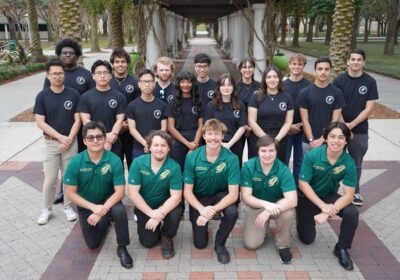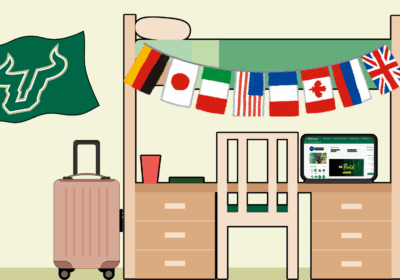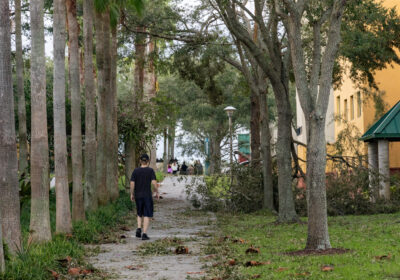Beleaguered Haiti braces for possible hurricane
PORT-AU-PRINCE – Haitians have yet another problem – a hurricane may hit this week, adding to the woes of a nation where cholera is spreading in the countryside and thousands upon thousands of earthquake survivors still live in flimsy shelters.
A U.S. Navy vessel, the amphibious warfare ship Iwo Jima, was steaming toward Haiti on Tuesday to be on hand to provide disaster relief in case Tropical Storm Tomas appears late in the week as forecast, possibly after strengthening again into a hurricane. The storm has already caused 14 deaths in the eastern Caribbean.
Aid groups are rushing to do what they can but are already short of needed supplies because of the strains of dealing with the catastrophe inflicted by the quake last Jan. 12.
There are shortages of 150,000 tarps as well as soap, hygiene kits, field tents, radios and oral rehydration salts for treating cholera, U.N. Humanitarian Coordinator Nigel Fisher said in a statement.
“We need emergency shelter. We need water and sanitation supplies. And we need as much of it as possible in place before Hurricane Tomas hits,” Fisher said.
Warehouses are being emptied of existing stocks of rope and tarps to help people in camps, said Imogen Wall, spokeswoman for the U.N. Office for the Coordination of Humanitarian Affairs.
Tomas would be the first major storm to strike Haiti since the earthquake killed as many as 300,000 people and forced millions from their homes. It would also be the first tropical storm or hurricane to hit since 2008, when the storms Fay, Gustav, Hanna and Ike battered Haiti in the space of a month, killing nearly 800 people and wiping out 15 percent of the economy.
Piles of rubble and partially collapsed buildings from the quake still fill Port-au-Prince, the capital. Reconstruction is grinding along without promised aid funds, including $1.15 billion promised by the United States in March.
After weakening back to a tropical storm Sunday evening, Tomas was swirling westward in the middle of the Caribbean and wasn’t an immediate threat to land. But the storm is expected to regain power and veer toward Haiti.
“Right now they just need to stay tuned,” said John Cangialosi at the U.S. Hurricane Center in Miami. “This is the stage to be aware.”
Early Tuesday, Tomas had maximum sustained winds of 50 mph and was centered about 355 miles south of Port-au-Prince. It was moving west at 12 mph.
Many people in the camps said Monday that they didn’t know Tomas might be coming, but there was little they could do living in flimsy shelters to protect themselves from the elements.
“I didn’t know about (the storm). Maybe somebody came by to say something yesterday when I was out,” said Florence Ramond, a 22-year-old mother and food vendor who is living on the Petionville Club golf course in a refugee camp managed by actor Sean Penn’s relief organization.
Even knowing, Ramond said, she could do nothing to secure her home, a shack made of tarp, wood and a tin door. The roof blew off in an unnamed Sept. 24 storm that ripped through the capital, killing at least five people and destroying or damaging thousands of tents.
“They always go around and tell us to tie the tarps up, but I don’t have a rope,” she said.
The family lost their home in the earthquake, which killed Ramond’s niece. Her brother, Joel, is hospitalized with cholera in the Artibonite Valley – part of an epidemic that has killed more than 300 people and hospitalized more than 4,700.
Her infant son, Lovenson, has had bouts of diarrhea recently that she said are caused by mud flowing into their shelter. His first birthday was Monday, which was also the first day of Haiti’s Voodoo festival of the dead, Fet Gede. Ramond said she doesn’t have money to celebrate either.
Those with more money have a better chance of being prepared. Leonide Paul said she had received news about the storm via an automated text message, and would go out and buy food, water and extra fuel to prepare.
As a hurricane Saturday, Tomas caused at least 14 deaths in a cluster of islands in the eastern Caribbean. St. Vincent Prime Minister Ralph Gonsalves described the damage as “the worst we have seen in living memory.”
Fields of bananas – a major export for St. Vincent – were flattened and roughly 300 homes were severely damaged. Hundreds of St. Vincent residents were treated in clinics for injuries, particularly in Sandy Bay on the island’s northeast coast.
In St. Lucia, Tomas battered southern areas, particularly Vieux Fort, the island’s second-largest town and the home of the international airport. Two main bridges were left impassable, cutting the community off from the capital, Castries.
On Monday evening, Prime Minister Stephenson King said 14 people were confirmed dead in St. Lucia, most in the hard-hit southern town of Soufriere. He did not disclose specifics of how the people died.
Tourism Minister Allen Chastanet told a St. Lucia radio station that Tomas triggered numerous landslides in Soufriere, which he said “looks like a war zone.”







